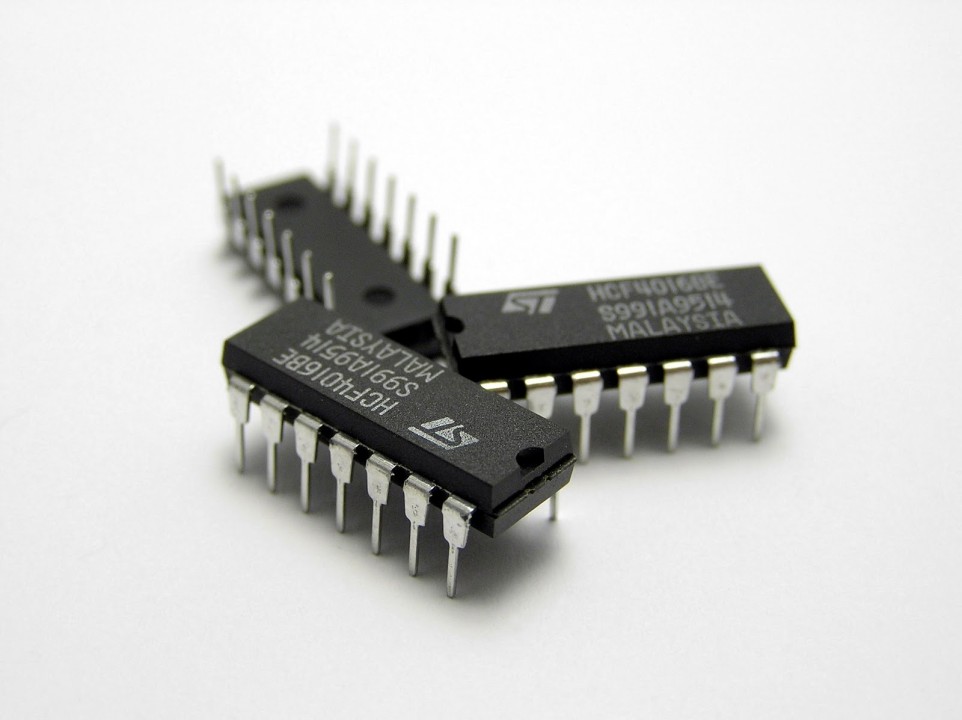
Understanding CMOS ICs: The Heart of Modern Electronics
INTRODUCTION:
Complementary Metal-Oxide-Semiconductor (CMOS) Integrated Circuits (ICs) have become the backbone of modern electronic devices, powering everything from smartphones and laptops to complex systems in satellites and medical equipment. CMOS technology has played a pivotal role in advancing the field of integrated circuits, offering a balance of performance, power efficiency, and versatility. In this article, we will delve into the intricacies of CMOS ICs, exploring their structure, working principles, and widespread applications.
Structure of CMOS ICs:
CMOS ICs are built upon the principles of complementary pairs of metal-oxide-semiconductor field-effect transistors (MOSFETs). These transistors are fabricated on a silicon substrate, forming the basic building blocks of the integrated circuit. The heart of a CMOS IC is the CMOS inverter, consisting of one p-type (PMOS) and one n-type (NMOS) transistor.
The PMOS transistor conducts when the input signal is low, while the NMOS transistor conducts when the input signal is high. This complementary behavior ensures that power is only consumed during state transitions, making CMOS ICs highly power-efficient compared to other technologies.
Working Principles:
CMOS ICs operate on the binary logic principles of 0s and 1s. The logic gates within a CMOS IC are constructed using combinations of CMOS inverters, allowing for the creation of a variety of logical functions such as AND, OR, and XOR gates.
The key advantage of CMOS technology lies in its low power consumption during idle states. When a CMOS gate is not switching, it consumes minimal power, making it well-suited for battery-powered devices and energy-efficient applications. The absence of a direct current path between the power supply and ground during the idle state contributes to this low power consumption.
Applications of CMOS ICs:
1. Digital Logic Circuits:
CMOS ICs are extensively used in the design of digital logic circuits. From basic gates to complex microprocessors, CMOS technology provides a scalable and efficient solution for digital systems.
2. Memory Devices:
CMOS is employed in the construction of static random-access memory (SRAM) and non-volatile memory, contributing to the storage and retrieval of data in electronic devices.
3. Analog Circuits:
Despite being known for their digital applications, CMOS ICs are also employed in analog circuits, such as operational amplifiers, voltage regulators, and analog-to-digital converters.
4. Microcontrollers and Microprocessors:
The heart of most computing devices, microcontrollers, and microprocessors rely on CMOS technology for their efficient operation, offering a balance between performance and power efficiency.
5. Wireless Communication:
CMOS ICs are prevalent in the design of wireless communication systems, including radio-frequency (RF) transceivers and signal processing circuits in devices like smartphones and IoT devices.
Challenges and Future Developments:
While CMOS technology has dominated the semiconductor industry for decades, researchers are continually exploring alternatives to address emerging challenges such as power consumption and heat dissipation. Beyond traditional CMOS, innovations like silicon-on-insulator (SOI) technology and three-dimensional (3D) integration are being explored to enhance performance and efficiency.
Conclusion:
CMOS ICs have revolutionized the electronics industry, enabling the development of powerful, energy-efficient, and versatile electronic devices. As technology continues to advance, CMOS will likely remain a cornerstone of integrated circuit design, evolving to meet the demands of an ever-expanding range of applications in our interconnected world.
SPECIAL MENTION:
I also have to thank our resource person Dr. KARUPPANAN P for giving us a wonderful lecture on this important subject and which was very informative and helpful and I also feel very grateful to SNS College of Technology for organising this event.